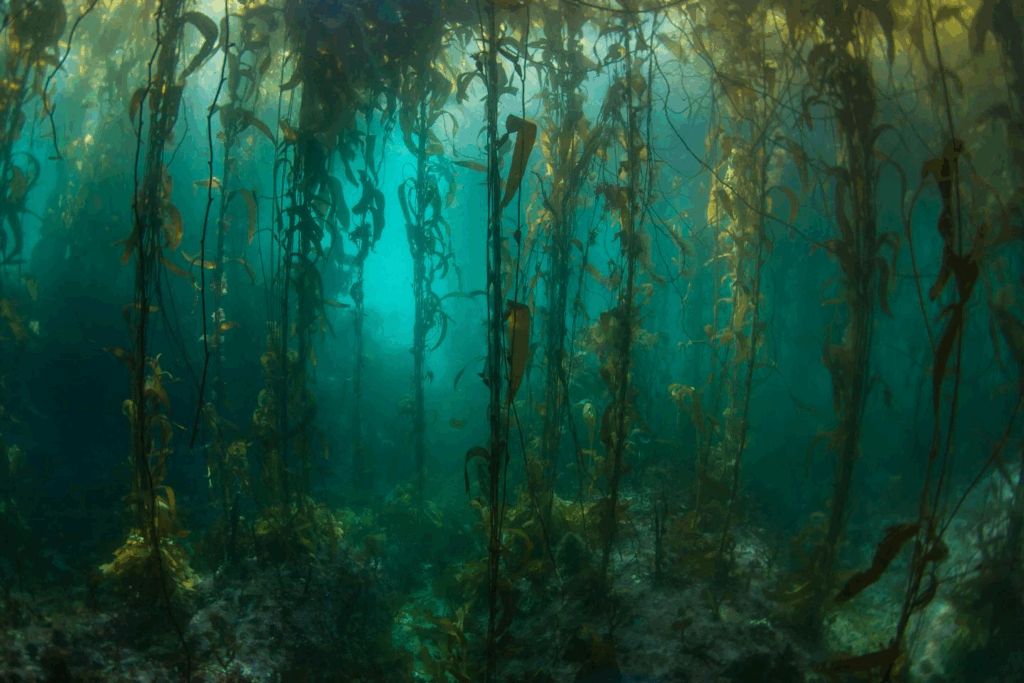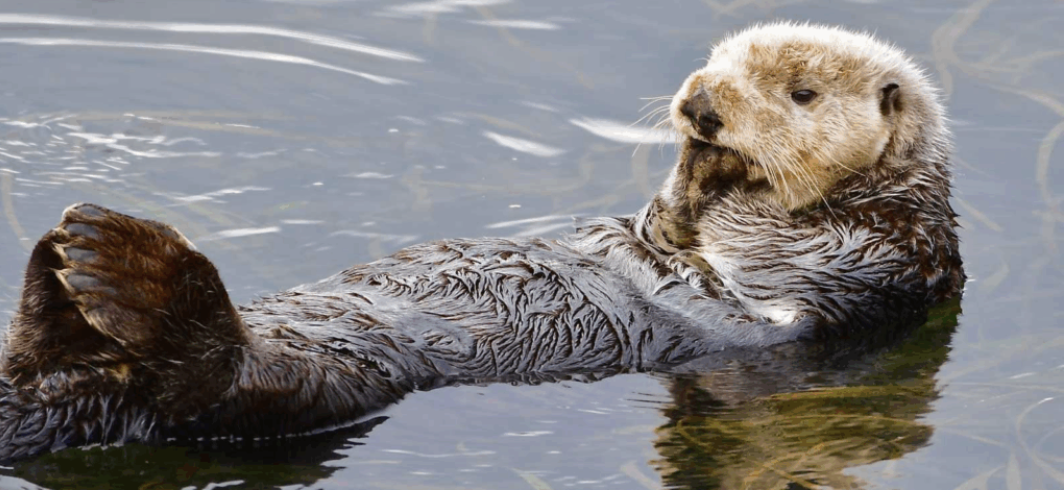Everyone knows and loves how cute sea otters are. They swim around on their backs, have nice fuzzy fur, and even hold each other in their sleep so that they don’t float apart. However, not everybody knows how important sea otters are for their ecosystems. Sea otters are what’s known as a keystone species. This means that they are essential to maintaining a healthy ecosystem, and can even restore it. The reason that they are so important is their diet, which mostly consists of crabs, sea urchins, and barnacles. For example, if there are too many crabs digging in the mud, it can cause instability, which would lead to habitat loss for other organisms such as algae, kelp, and slugs.
The main reason sea otters are essential for their environment is because of their predation of sea urchins. Sea urchins eat the roots and cut the remaining plant off from receiving essential sediment nutrients. These urchins also reproduce quickly, which can lead to total devastation of a kelp forest. With sea otters present, many of the urchins are either eaten or scared away from devouring the kelp, and often wait for scraps to fall to the ocean floor instead. This allows the kelp forests to thrive and flourish.

Pictured above is an otter snacking on sea urchins. It holds some on its stomach while it’s busy eating (Image source: K. Johns, 09/25/2025).
So why is kelp important? These kelp forests play a major role in absorbing and storing carbon dioxide. In turn, this slows the amount of CO2 being released into the atmosphere, reducing the effects of climate change. The kelp forests are also essential for mitigating sea level rise and buffering coastlines from extreme weather events. If sea otters were to go extinct, we might never able to regain the services that they provide for the kelp forests.

Pictured above is a thriving kelp forest. Many organisms use this kelp for food and protection from predators. Sala, E. (2022). NASA. photograph. Retrieved September 25, 2025, from https://landsat.gsfc.nasa.gov/article/kelp-forests-at-the-end-of-the-earth/.
Unfortunately, there are several factors that are limiting the population growth of sea otters. Things such as oil spills, net fishing, and fur trade are leading causes for their decline. The species is believed to have been reduced by over 50 percent in the last 45 years. It’s up to us to preserve this species. Their role in regulating the carbon cycle in the ocean is just one of many example of why we need to protect and restore Earth’s wildlife.
Featured Image shows – ADD SOMETHING HERE.
